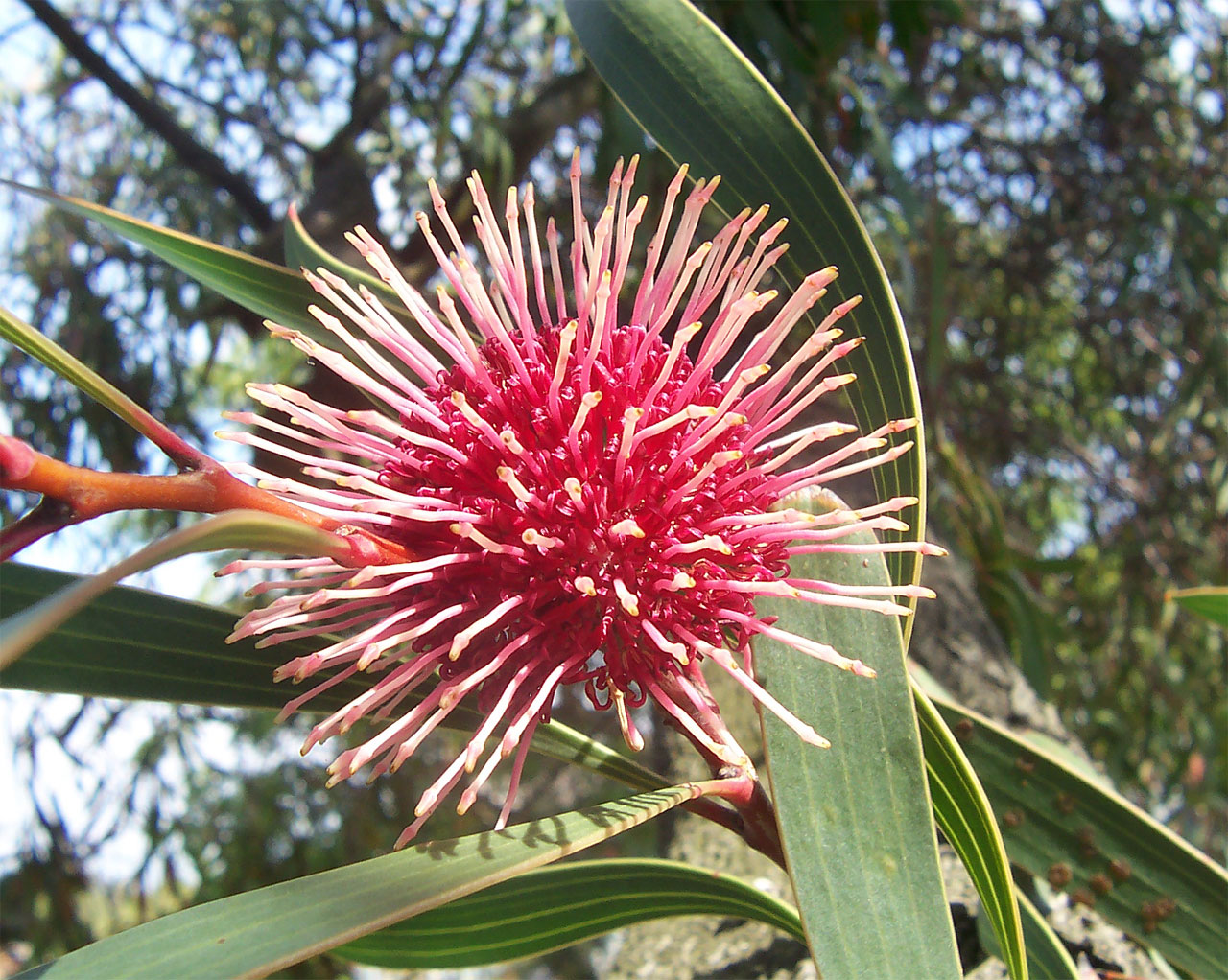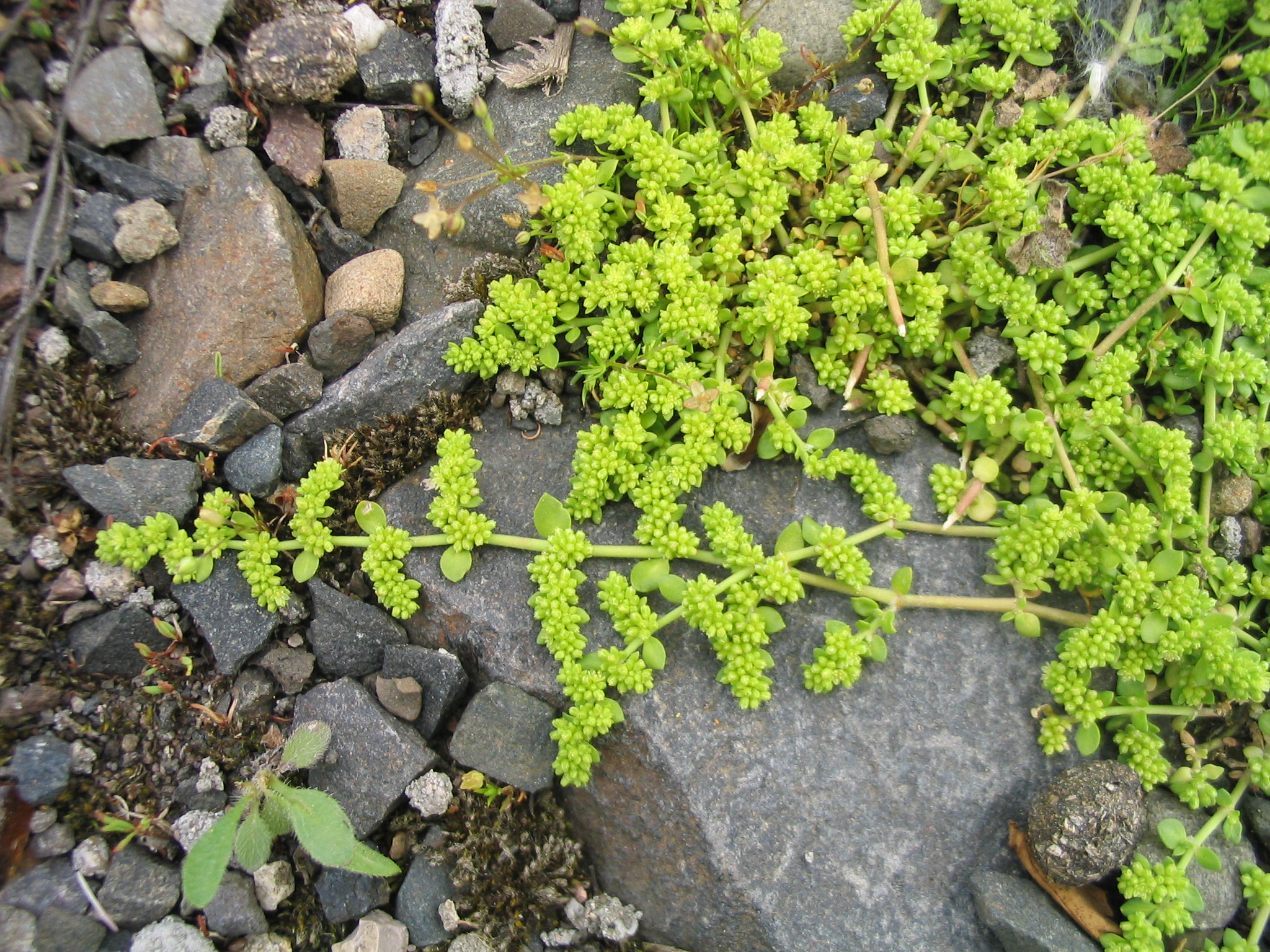|
Hakea
''Hakea'' ( ) is a genus of about 150 species of flowering plants in the family ''Proteaceae'', endemic to Australia. They are shrubs or small trees with leaves that are sometimes flat, otherwise circular in cross section in which case they are sometimes divided. The flowers are usually arranged in groups in leaf axils and resemble those of other genera, especially '' Grevillea''. Hakeas have woody fruit which distinguishes them from grevilleas which have non-woody fruit which release the seeds as they mature. Hakeas are found in every state of Australia with the highest species diversity being found in the south west of Western Australia. Description Plants in the genus ''Hakea'' are shrubs or small trees. Some species have flat leaves, whilst others have leaves which are needle-like, in which case they are sometimes divided and sometimes have a groove on the lower surface. The flowers are arranged in groups in leaf axils and are surrounded by bracts when in bud. The flowers h ... [...More Info...] [...Related Items...] OR: [Wikipedia] [Google] [Baidu] |
Hakea Teretifolia
''Hakea teretifolia'', commonly known as the dagger hakea, is a species of woody shrub of the family Proteaceae and is common on heathlands in coastal eastern Australia from northern New South Wales through to Victoria and Tasmania. A very prickly shrub, it is rarely cultivated but easy to grow. Description ''Hakea teretifolia'' is a prickly shrub that can reach 4 m (13 ft) in height. It has spirally arranged, thick, tough, succulent spike-tipped leaves. Flowering occurs in summer though some may be seen in winter. The small white inflorescences occur on branches and consist of 4-8 individual small flowers. These are followed by sharp pointed (dagger-shaped) seed pods from where the plant gets its common name. Taxonomy and naming ''Hakea teretifolia'' was first collected at Botany Bay in April 1770, by Sir Joseph Banks and Daniel Solander, naturalists on the British vessel ''HMS Endeavour'' during Lieutenant (later Captain) James Cook's first voyage to the Pacific O ... [...More Info...] [...Related Items...] OR: [Wikipedia] [Google] [Baidu] |
Hakea Laurina
''Hakea laurina'' is a shrub or small tree commonly known as kodjet or pin-cushion hakea and is endemism, endemic to Western Australia. The Noongar name for the plant is ''kodjet'' or ''kojet''. It has red and cream conspicuous globular flowers and lance shaped leaves. Description ''Hakea laurina'' is an upright shrub or small tree with smooth grey bark, high, wide and does not form a lignotuber. The inflorescence consists of 120-190 conspicuous white, deep pink or red pin cushion shaped flowers in the leaf axils. The pedicel (botany), pedicels are long and smooth. The perianth is dark pink to red, the pistil long, cream-white or occasionally red or dark pink. The flower buds are enclosed in scale-like bracts. Flowering occurs from April to July. The leaves are simple, slightly blue green, flat, smooth, margins entire, lance or egg-shaped and taper to a blunt point at the tip. The leaves are arranged alternately along the branches, long, wide on a stem long and narrowin ... [...More Info...] [...Related Items...] OR: [Wikipedia] [Google] [Baidu] |
Proteaceae
The Proteaceae form a family (biology), family of flowering plants predominantly distributed in the Southern Hemisphere. The family comprises 83 genus, genera with about 1,660 known species. Australia and South Africa have the greatest concentrations of diversity. Together with the Platanaceae (plane trees), Nelumbonaceae (the sacred lotus) and in the recent APG IV system the Sabiaceae, they make up the order Proteales. Well-known Proteaceae genera include ''Protea'', ''Banksia'', ''Embothrium'', ''Grevillea'', ''Hakea'', and ''Macadamia''. Species such as the New South Wales waratah (''Telopea speciosissima''), king protea (''Protea cynaroides''), and various species of ''Banksia'', ''Grevillea'', and ''Leucadendron'' are popular cut flowers. The nuts of ''Macadamia integrifolia'' are widely grown commercially and consumed, as are those of ''Gevuina avellana'' on a smaller scale. Etymology The name Proteaceae was adapted by Robert Brown (botanist, born 1773), Robert Brown from ... [...More Info...] [...Related Items...] OR: [Wikipedia] [Google] [Baidu] |
Banksia
''Banksia'' is a genus of around 170 species of flowering plants in the family Proteaceae. These Australian wildflowers and popular garden plants are easily recognised by their characteristic flower spikes, and woody fruiting "cones" and heads. ''Banksias'' range in size from prostrate woody shrubs to trees up to 30 metres (100 ft) tall. They are found in a wide variety of landscapes: sclerophyll forest, (occasionally) rainforest, shrubland, and some more arid landscapes, though not in Australia's deserts. Heavy producers of nectar, banksias are a vital part of the food chain in the Australian bush. They are an important food source for nectarivorous animals, including birds, bats, rats, possums, stingless bees and a host of invertebrates. Further, they are of economic importance to Australia's nursery and cut flower industries. However, these plants are threatened by a number of processes including land clearing, frequent burning and disease, and a number of species ar ... [...More Info...] [...Related Items...] OR: [Wikipedia] [Google] [Baidu] |
Heinrich Schrader (botanist)
Heinrich Adolf Schrader (1 January 1767 in Alfeld near Hildesheim – 22 October 1836 in Göttingen) was a German botanist and mycologist. He studied medicine early in life. He named the Australian plant genus ''Hakea'' in 1797. In 1795 he received his medical doctorate from the University of Göttingen, where in 1803 he became an associate professor to the medical faculty and director of the botanical garden. In 1809 he attained the title of "full professor" at Göttingen, where he taught classes until his retirement. Among his better known publications are ''Nova genera plantarum'' (1797) and ''Flora germanica'' (1806). Schradere issued the exsiccata ''Systematische Sammlung cryptogamischer Gewächse'' (1896–1897). The plant genus '' Schraderanthus'' is named in his honour. Schrader was elected a corresponding member of the Royal Swedish Academy of Sciences The Royal Swedish Academy of Sciences () is one of the Swedish Royal Academies, royal academies of Sweden. Found ... [...More Info...] [...Related Items...] OR: [Wikipedia] [Google] [Baidu] |
Glabrous
Glabrousness () is the technical term for a lack of hair, down, setae, trichomes, or other such covering. A glabrous surface may be a natural characteristic of all or part of a plant or animal, or be due to loss because of a physical condition, such as alopecia universalis in humans, which causes hair to fall out or not regrow. In botany Glabrousness or otherwise, of leaves, stems, and fruit is a feature commonly mentioned in plant keys; in botany and mycology, a ''glabrous'' morphological feature is one that is smooth and may be glossy. It has no bristles or hair-like structures such as trichomes. In anything like the zoological sense, no plants or fungi have hair or wool, although some structures may resemble such materials. The term "glabrous" strictly applies only to features that lack trichomes at all times. When an organ bears trichomes at first, but loses them with age, the term used is ''glabrescent''. In the model plant ''Arabidopsis thaliana'', trichome formation ... [...More Info...] [...Related Items...] OR: [Wikipedia] [Google] [Baidu] |
Christian Ludwig Von Hake
A Christian () is a person who follows or adheres to Christianity, a monotheistic Abrahamic religion based on the life and teachings of Jesus Christ. Christians form the largest religious community in the world. The words ''Christ'' and ''Christian'' derive from the Koine Greek title (), a translation of the Biblical Hebrew term '' mashiach'' () (usually rendered as ''messiah'' in English). While there are diverse interpretations of Christianity which sometimes conflict, they are united in believing that Jesus has a unique significance. The term ''Christian'' used as an adjective is descriptive of anything associated with Christianity or Christian churches, or in a proverbial sense "all that is noble, and good, and Christ-like." According to a 2011 Pew Research Center survey, there were 2.3 billion Christians around the world, up from about 600 million in 1910. Today, about 37% of all Christians live in the Americas, about 26% live in Europe, 24% live in sub-Saharan Africa, ... [...More Info...] [...Related Items...] OR: [Wikipedia] [Google] [Baidu] |
Pedicel (botany)
In botany, a pedicel is a stem that attaches a single flower to the inflorescence. Such inflorescences are described as ''pedicellate''. The stalk at the base of a leaf is called a petiole. Description Pedicel refers to a structure connecting a single flower to its inflorescence. In the absence of a pedicel, the flowers are described as sessile. Pedicel is also applied to the stem of the infructescence. The word "pedicel" is derived from the Latin ''pediculus'', meaning "little foot". The stem or branch from the main stem of the inflorescence that holds a group of pedicels is called a peduncle. A pedicel may be associated with a bract or bracts. In cultivation In Halloween types of pumpkin A pumpkin is a cultivar, cultivated winter squash in the genus ''Cucurbita''. The term is most commonly applied to round, orange-colored squash varieties, but does not possess a scientific definition. It may be used in reference to many dif ... or squash plants, the shape o ... [...More Info...] [...Related Items...] OR: [Wikipedia] [Google] [Baidu] |
Germany
Germany, officially the Federal Republic of Germany, is a country in Central Europe. It lies between the Baltic Sea and the North Sea to the north and the Alps to the south. Its sixteen States of Germany, constituent states have a total population of over 84 million in an area of , making it the most populous member state of the European Union. It borders Denmark to the north, Poland and the Czech Republic to the east, Austria and Switzerland to the south, and France, Luxembourg, Belgium, and the Netherlands to the west. The Capital of Germany, nation's capital and List of cities in Germany by population, most populous city is Berlin and its main financial centre is Frankfurt; the largest urban area is the Ruhr. Settlement in the territory of modern Germany began in the Lower Paleolithic, with various tribes inhabiting it from the Neolithic onward, chiefly the Celts. Various Germanic peoples, Germanic tribes have inhabited the northern parts of modern Germany since classical ... [...More Info...] [...Related Items...] OR: [Wikipedia] [Google] [Baidu] |
Sessility (botany)
In botany, sessility (meaning "sitting", in the sense of "resting on the surface") is a characteristic of plant organs such as flowers or leaves that have no stalk. Plant parts can also be described as subsessile, that is, not completely sessile. A sessile flower is one that lacks a pedicel (botany), pedicel (flower stalk). A flower that is not sessile is Pedicel (botany), pedicellate. For example, the genus ''Trillium'' is partitioned into multiple subgenera, the sessile-flowered trilliums (Trillium#Subgenus Sessilia, ''Trillium'' subgen. ''Sessilia'') and the pedicellate-flowered trilliums. The term "sessility" is also used in mycology to describe a fungal sporocarp (fungi), fruit body that is attached to or seated directly on the surface of the substrate (biology), substrate, lacking a supporting stipe (mycology), stipe or pedicel (botany), pedicel. References Plant morphology Fungal morphology and anatomy {{plant-morphology-stub ... [...More Info...] [...Related Items...] OR: [Wikipedia] [Google] [Baidu] |
Pollen-presenter
A pollen-presenter is an area on the tip of the style in flowers of plants of the family Proteaceae on which the anthers release their pollen prior to anthesis. To ensure pollination, the style grows during anthesis, sticking out the pollen-presenter prominently, and so ensuring that the pollen easily contacts the bodies of potential pollination vectors such as bees, birds and nectarivorous mammals. The systematic depositing of pollen on the tip of the style implies the plants have some strategy to avoid excessive self-pollination Self-pollination is a form of pollination in which pollen arrives at the stigma of a flower (in flowering plants) or at the ovule (in gymnosperms) of the same plant. The term cross-pollination is used for the opposite case, where pollen from .... References * Plant anatomy + Proteaceae {{Plant-morphology-stub ... [...More Info...] [...Related Items...] OR: [Wikipedia] [Google] [Baidu] |







